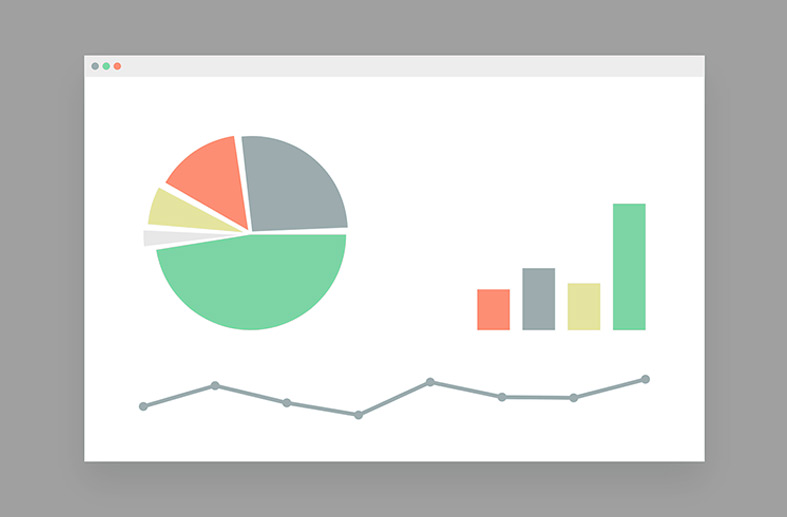The Long and Short of It, Planning During COVID-19

Greg Curry
COVID-19 has thrown colleges and universities into short-term chaos. I’ve learned about the challenges and the chaos from both the institution’s and the student’s perspectives. Every day at work, I talk to enrollment and student success professionals across campuses, big and small, public, and private. At home, I also have two college-aged kids who are navigating school remotely. The short-term impact is front and center, and while the long-term impact is uncertain, there are ways you can prepare with data and analytics.
In the short term, administrative and academic staff are learning to use new tools like Zoom and moving live, on-campus instruction to something that can be conveyed in a remote learning environment. New questions have surfaced with these changes, including “Does everyone have internet access wherever they are quarantined?” This was never contemplated until just a few weeks ago.
The near-term pivot, including planning, execution, and patience has, for the most part, happened. What’s left to accomplish in the short term? Likely, most schools are focused on the impacts of remote learning, how they are going to address requests for credits/refunds, and, most importantly, helping the students adjust to a new normal.
The time will soon come when attention will turn to future cohorts and building the best classes possible. COVID-19 has upended our traditional view of best practices as they may not be as effective in a post-pandemic environment. For the prospective student, this is an emotional time, and decisions to head off to college will be made by considering many factors. Having insight from data will be a primary mechanism for institutions to understand the impact of the pandemic. Data and analytics will also provide ideas on what can be done to reduce predicted negative impacts.
For example, we all know that an industry best practice is to get students on campus. After all, that’s a very big indication, for many students, of likelihood to enroll. Cancelling these visits may have a significant impact on which school a student selects. However, data from virtual tours and new website pages may provide insights as to whether the individual student is behaving in a way that indicates a higher propensity to enroll. In the long-term, this data will lead to new strategies and tactics for how institutions will use these tools in future recruiting activities with specific types of students.
According to a recent survey by Niche, students and parents are very concerned about being “too far from home,” and reduced incomes will have a role for many families in the college decision-making process. Another study showed that the median distance students traveled to attend college is 94 miles. Will this distance decrease? Data and analytics can indicate what individual students are more likely to be impacted by both factors - i.e., not treating every student with the same prescription.
Suffice to say there are many indicators of a student’s likelihood to enroll or return to campus. The data we capture about these students and their behaviors will play a strategic role in the long-term. Leveraging data through machine learning and Artificial Intelligence is an ideal way to understand the current and future impact of the pandemic.





